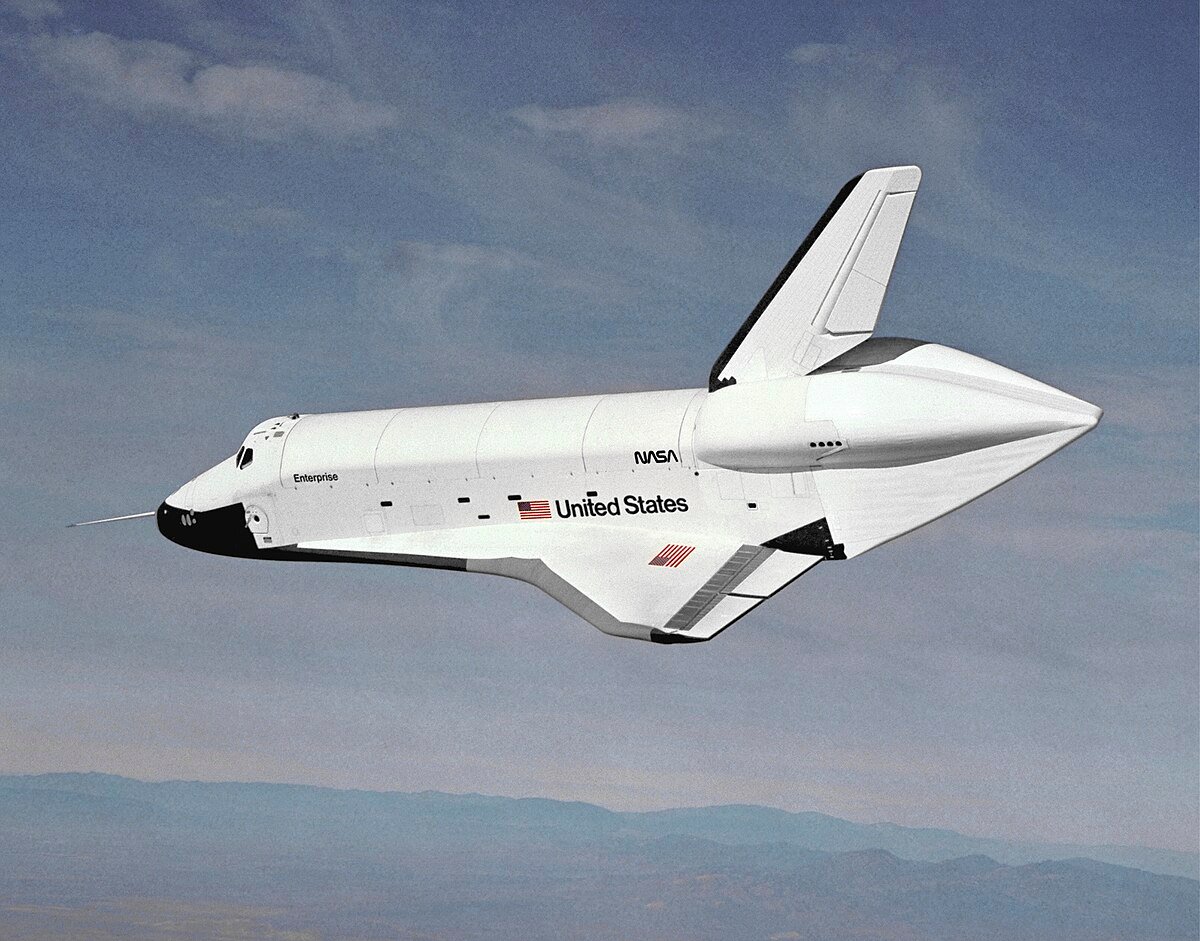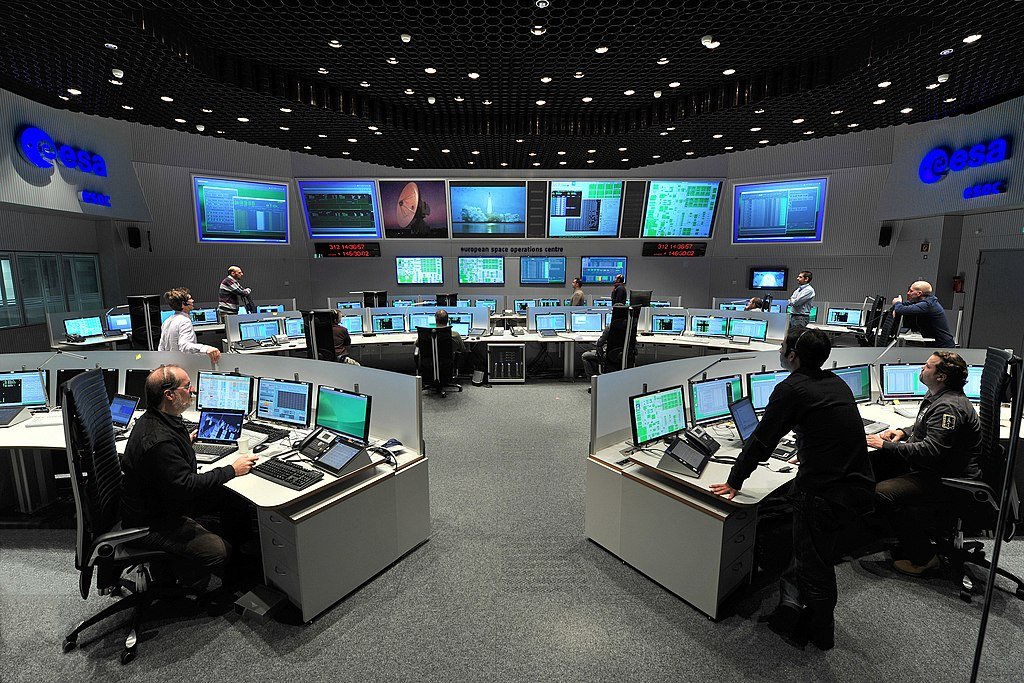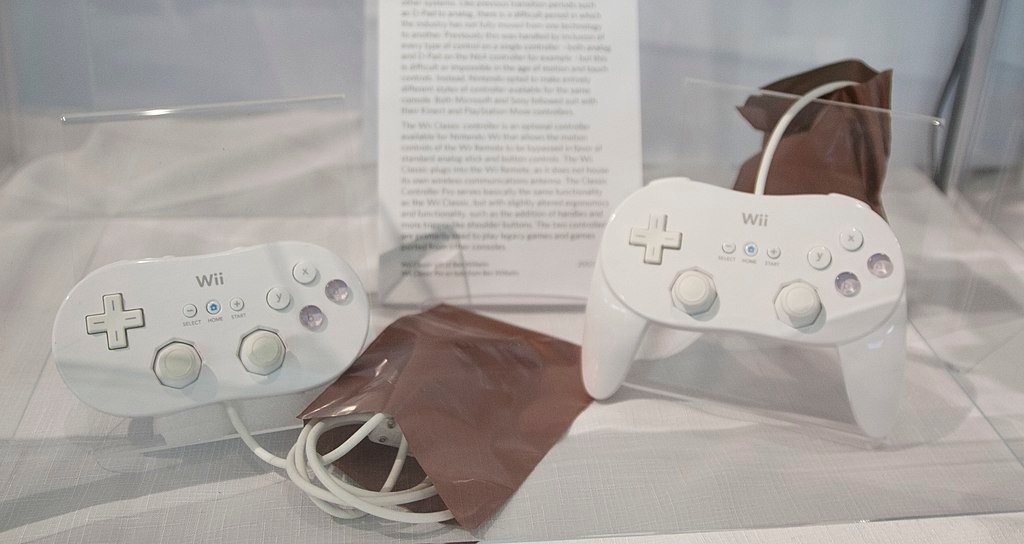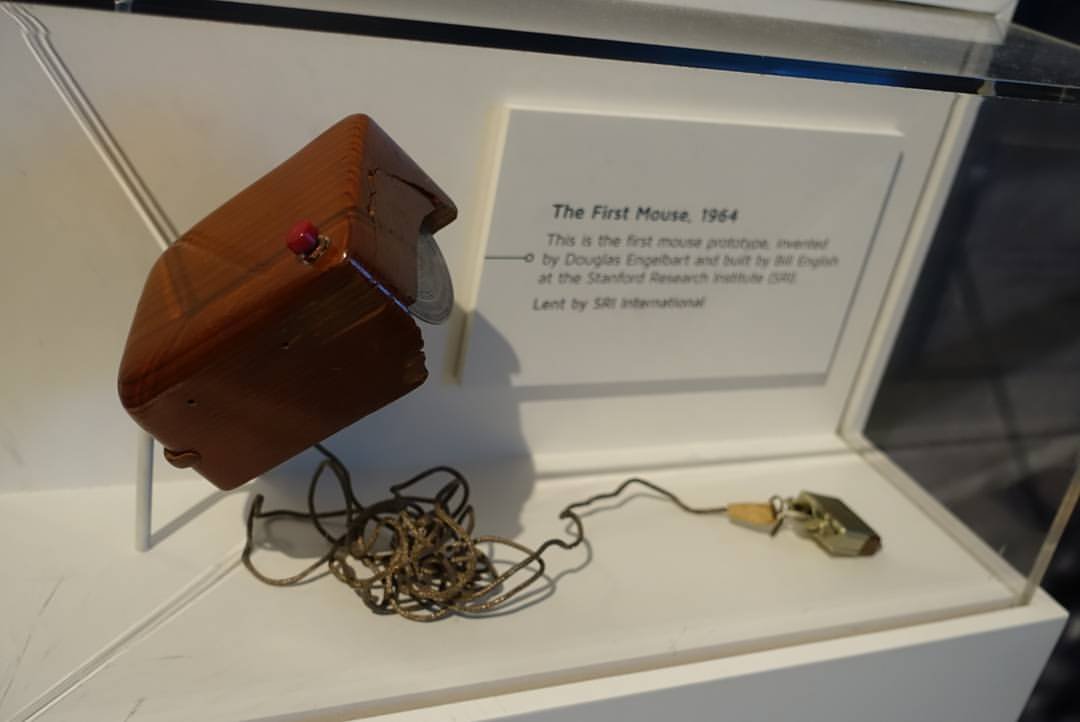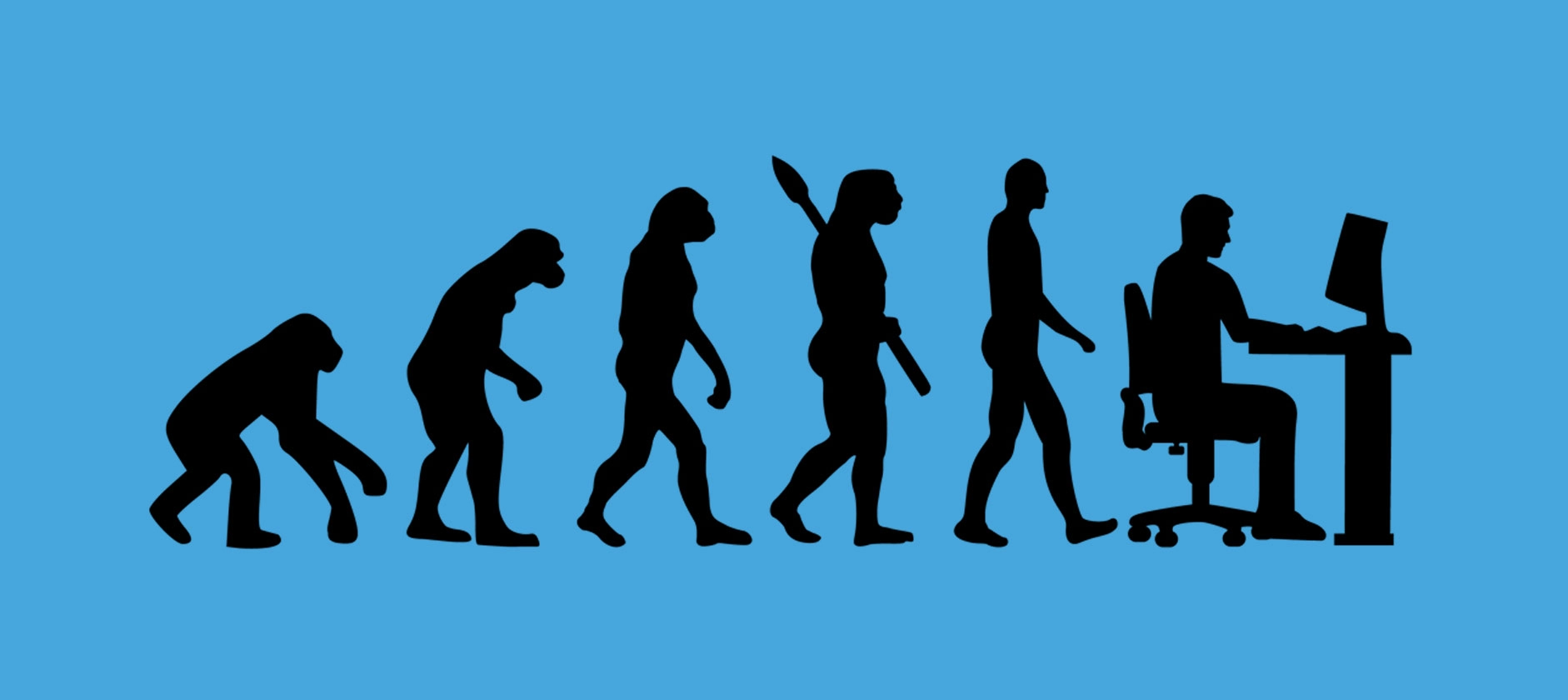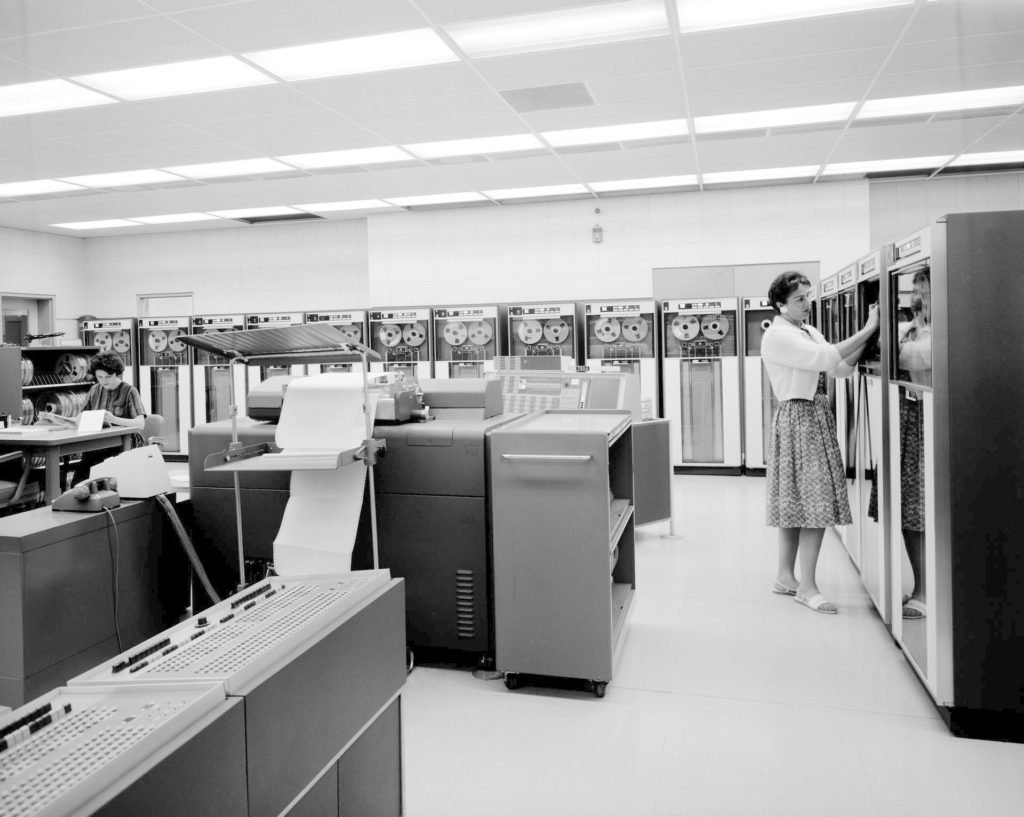In the world of technological progress, few inventions have left an indelible mark on the way we interact with computers as the humble yet revolutionary computer mouse. This handheld device, conceived by the visionary Douglas Engelbart in the 1960s, has evolved from a wooden prototype with two perpendicular wheels to the sleek, ergonomic designs of today. Its journey, fraught with innovation and pivotal moments, reflects not only the relentless march of technology but also the quest for a more intuitive and user-friendly computing experience.
The inception of the computer mouse can be traced back to Engelbart’s groundbreaking work at the Stanford Research Institute (SRI), where he and his team aimed to redefine the human-computer interaction paradigm. The mouse made its public debut during the historic “Mother of All Demos” in 1968, where Engelbart showcased an array of technological marvels, including the first glimpse of the mouse in action. This demonstration marked the beginning of a transformative era, propelling the mouse from an experimental device to a cornerstone of modern computing.
As the 1970s unfolded, Xerox PARC played a pivotal role in refining and popularizing the mouse. The release of the Xerox Alto in 1973, equipped with a three-button mouse and a graphical user interface, laid the groundwork for the mouse’s commercial adoption. Subsequently, Apple’s Macintosh and Microsoft’s Windows operating system introduced the mouse to a broader audience, solidifying its role as an indispensable input device.
The mouse’s evolution didn’t stop at mechanical advancements; optical technology, wireless connectivity, and ergonomic designs have propelled it into the 21st century. Today, it coexists with touchscreens, stylus pens, and other innovative input methods, yet remains a cornerstone of daily computing.
This journey through the history of the computer mouse is a testament to human ingenuity and the relentless pursuit of seamless human-computer interaction. Join us as we unravel the threads of innovation that have woven this device into the fabric of our digital lives.
Table of Contents
What is the history of the first mouse?
The first computer mouse, a groundbreaking invention, was conceived by Douglas Engelbart in the 1960s. Developed as part of the oN-Line System (NLS) project at the Stanford Research Institute, Engelbart and his team created the prototype in 1964. This original mouse was a wooden device featuring two perpendicular wheels to detect motion on a surface. It had a single button and was connected to the computer with a cord.
The mouse made its public debut during the historic “Mother of All Demos” in 1968, showcasing Engelbart’s vision for a more interactive and user-friendly computing experience. Although rudimentary by today’s standards, this first mouse laid the foundation for subsequent innovations in human-computer interaction, influencing the design of input devices that would become ubiquitous in the world of computing.
Why mouse is called a mouse?
The computer mouse earned its name not from its resemblance to the small rodent but rather from a creative choice by its inventor, Douglas Engelbart. In the 1960s, as Engelbart and his team at the Stanford Research Institute were developing the device, they needed a name that would be easy to remember and capture the essence of the tool’s functionality. Engelbart recalled that the cord attached to the device looked like a tail, and the way the device moved on a surface reminded him of a mouse scurrying around.
The name “mouse” stuck, and it proved to be a fitting and memorable choice. Despite its unconventional origin, the term quickly became synonymous with the device, and today, the mouse is an integral part of computer interaction, carrying forward its quirky yet iconic name from its early days of innovation.
History of Mouse
The computer mouse is a ubiquitous input device that has become an essential part of modern computing. Its invention is credited to Douglas Engelbart, an American engineer who developed the prototype in the 1960s. Here’s a detailed history of the computer mouse:
Early Concepts (1940s-1950s)
The roots of computer pointing devices can be traced back to the early 1940s when the idea of a tool to interact with computers was conceived. In 1946, Ralph Benjamin took a significant step forward by proposing a concept reminiscent of a trackball for input. This early notion laid the groundwork for future developments in human-computer interaction.
In 1952, Englishman M.K. Bauer furthered these ideas by introducing a device named the “Tracker.” This innovative tool was specifically designed for input on radar systems. While not precisely a mouse in its modern form, the Tracker marked a crucial milestone in the evolution of computer input devices, showcasing the ongoing exploration of novel methods to communicate with early computing systems. These early concepts and inventions paved the way for the eventual creation of the computer mouse and other sophisticated pointing devices that have become integral to contemporary computing.
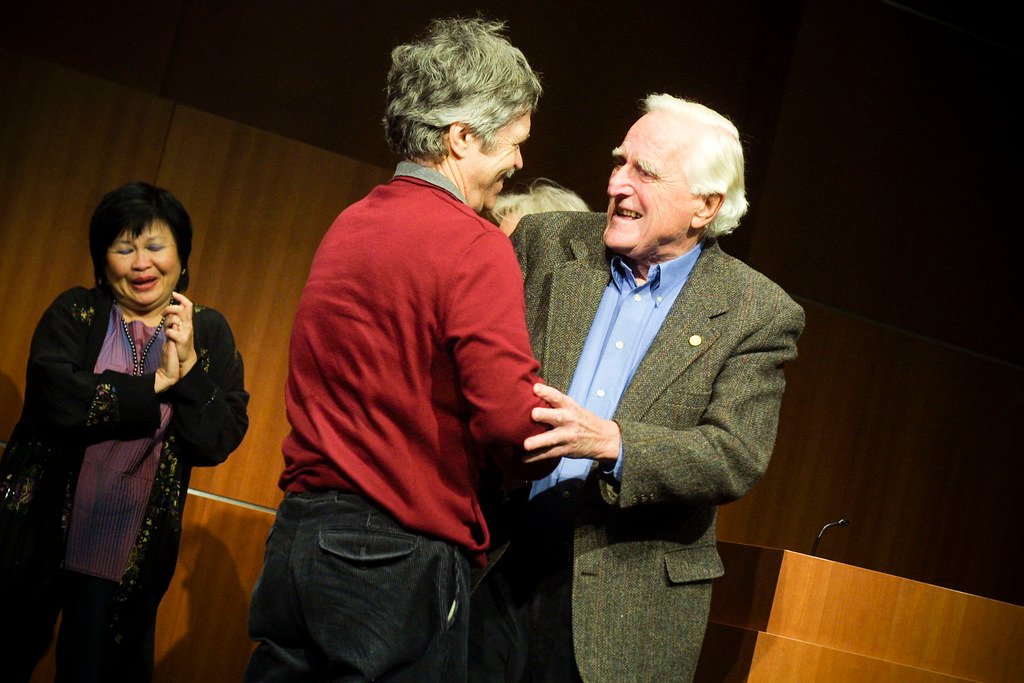
Invention by Douglas Engelbart (1960s)
In the mid-1960s, Douglas Engelbart, an innovative engineer at the Stanford Research Institute (SRI), embarked on a mission to enhance the accessibility and user-friendliness of computers. As part of the groundbreaking oN-Line System (NLS) project, Engelbart and his team conceived the first prototype of the computer mouse. This visionary invention was a wooden device equipped with two perpendicular wheels designed to detect motion on a surface. Complemented by a single button and connected to the computer via a cord, the original mouse emerged as a tangible solution to revolutionize human-computer interaction.
Engelbart’s pioneering work during this era went beyond the mouse, encompassing a spectrum of innovations aimed at transforming the computing experience. The mouse, with its humble wooden beginnings, would go on to become an iconic and indispensable tool, symbolizing the evolution of user interfaces and shaping the trajectory of modern computing.
Public Debut (1968)
The computer mouse achieved a momentous public introduction during “The Mother of All Demos” on December 9, 1968, orchestrated by visionary engineer Douglas Engelbart. In this groundbreaking demonstration, Engelbart unveiled a repertoire of transformative technologies that would shape the future of computing. Among these innovations, the mouse took center stage as a novel input device, offering a more intuitive means of interacting with computers.
Engelbart’s presentation went beyond the mouse, featuring cutting-edge concepts such as hypertext, video conferencing, and collaborative editing. This seminal event not only showcased the immediate potential of these technologies but also laid the foundation for the interactive and collaborative computing environments we take for granted today. “The Mother of All Demos” marked a pivotal moment in the history of computer science, highlighting Engelbart’s foresight and contributing significantly to the evolution of human-computer interaction.
Commercialization and Evolution (1970s-1980s)
In the 1970s, the evolution of mouse technology reached a pivotal stage with significant contributions from Xerox PARC (Palo Alto Research Center). The research center played a crucial role in advancing and popularizing the mouse as an input device. In 1973, Xerox released the Xerox Alto, a groundbreaking computer that featured a three-button mouse and a graphical user interface (GUI). This marked a significant leap forward in user-friendly computing, providing a visual and interactive experience that departed from the traditional command-line interfaces.
Further propelling the adoption of the mouse, the Apple Lisa emerged in 1983 as one of the first commercially available computers to integrate a mouse as a standard input device. The Lisa’s incorporation of a graphical user interface and mouse interaction set a new standard, influencing subsequent generations of personal computers and solidifying the mouse’s role as an essential tool in modern computing.
Popularization by Apple and Microsoft (1980s-1990s)
The year 1984 marked a pivotal moment in the history of the computer mouse with the introduction of the Macintosh 128K by Apple. This iconic computer played a crucial role in bringing the mouse to the masses, featuring it as a standard input device and contributing to the popularization of graphical user interfaces.
Shortly thereafter, Microsoft embraced the mouse for its Windows operating system, released in 1985. The integration of the mouse as a standard input device in Windows not only mirrored Apple’s approach but also solidified the mouse’s status as an essential component in personal computing. This synchronicity in the adoption of the mouse by major players like Apple and Microsoft during the mid-1980s played a key role in establishing the mouse as a ubiquitous and indispensable tool, shaping the way users interact with computers for decades to come.

Technological Advancements (1990s-Present)
In the late 1990s, optical mice marked a significant advancement by replacing traditional mechanical components with LED or laser technology. This transition not only enhanced precision in tracking but also eliminated the need for a mouse pad, providing users with a smoother and more versatile experience.
Simultaneously, the proliferation of wireless mice revolutionized the computing landscape. Offering greater flexibility in movement and liberating users from the constraints of cords, wireless mice became commonplace. This innovation not only decluttered desks but also allowed for a more dynamic and adaptable computing setup.
Furthermore, the evolution of input devices extended beyond traditional mice with the advent of touch-sensitive surfaces and gesture recognition. These innovations expanded the user interface horizon, enabling more intuitive interactions with computers. The integration of touch technology diversified the ways users could engage with digital devices, reflecting a continual commitment to enhancing user experience and fostering innovation in the ever-evolving field of human-computer interaction.
Current and Future Trends
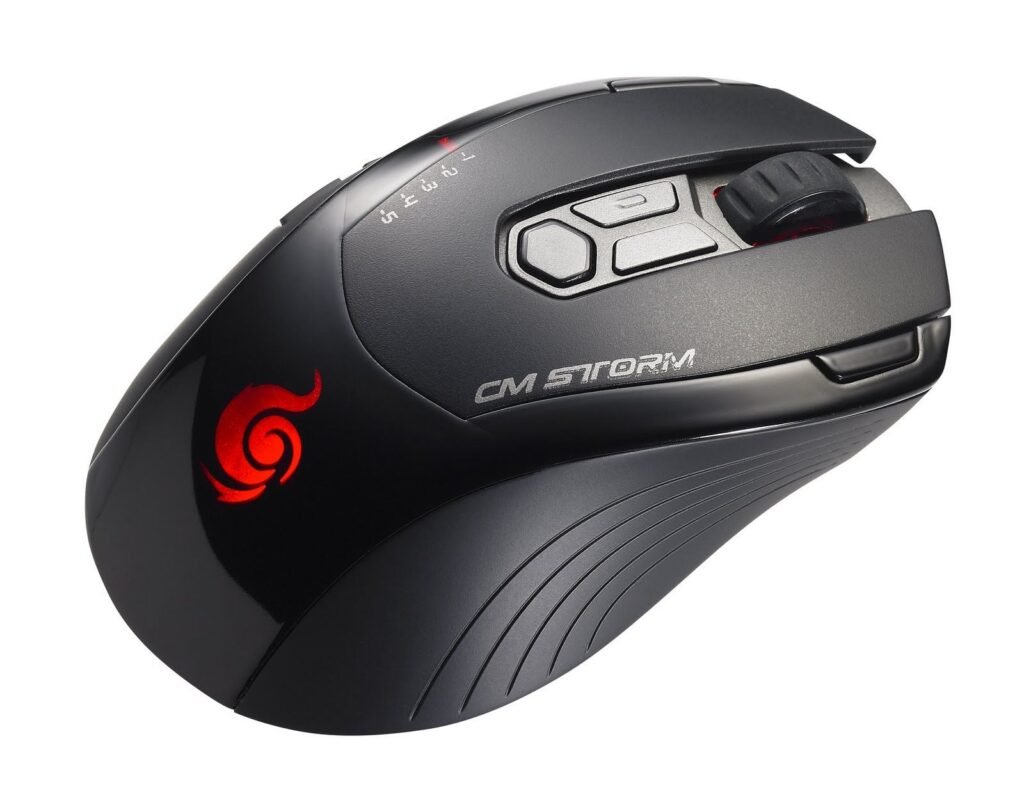
In the ever-evolving landscape of human-computer interaction, the computer mouse retains its status as a fundamental input device. However, the advent of touchscreens, stylus pens, and other alternative input methods is reshaping the way we engage with technology. Touchscreens, in particular, have become ubiquitous, offering intuitive and direct manipulation of digital content. Stylus pens add a level of precision, making them favored tools for digital artists and professionals.
In gaming, specialized peripherals like gaming mice have emerged. Equipped with advanced sensors, customizable buttons, and ergonomic designs, these mice cater specifically to the intricate demands of gamers. The customization options allow users to tailor the mouse to their playstyle, enhancing the gaming experience.
Looking toward the future, ongoing research is delving into cutting-edge input technologies. Brain-computer interfaces (BCIs) represent a frontier where the power of thought could directly control digital devices. This ambitious field holds promise for revolutionizing human-computer interaction, offering new possibilities for individuals with limited mobility and opening doors to a more seamless and intuitive connection between the human mind and technology. As we navigate this era of innovation, the landscape of input devices continues to expand, providing users with an ever-growing array of options to interact with the digital world.
The computer mouse, born from the ingenuity of Douglas Engelbart in the 1960s, has traversed a remarkable journey from its modest origins to its current status as a fundamental component of daily computing. Engelbart’s initial wooden prototype, with its two perpendicular wheels and a single button, laid the groundwork for a revolutionary era in human-computer interaction.
Over the decades, the mouse evolved significantly, owing much of its refinement to the pioneering work at Xerox PARC and subsequent commercialization by major tech companies. The release of the Xerox Alto in 1973, featuring a three-button mouse and a graphical user interface, signaled a turning point. Apple’s Macintosh and Microsoft’s Windows operating system in the 1980s solidified the mouse’s status as a standard input device for personal computers, propelling it into the mainstream.
Technological advancements played a crucial role in shaping the mouse’s trajectory. The shift from mechanical components to optical technology enhanced precision, while the advent of wireless connectivity and ergonomic designs further augmented its usability. Today, the mouse coexists with alternative input methods, yet it remains a cornerstone of computing, adapting to the changing landscape of technology.
The evolution of the computer mouse is a testament to human innovation, marked by a continuous quest for enhanced user experience and seamless interaction with digital systems. From its wooden beginnings to the sleek and sophisticated devices we use today, the mouse has not only witnessed but actively contributed to the digital revolution, becoming an integral and enduring part of our everyday computing experience.
